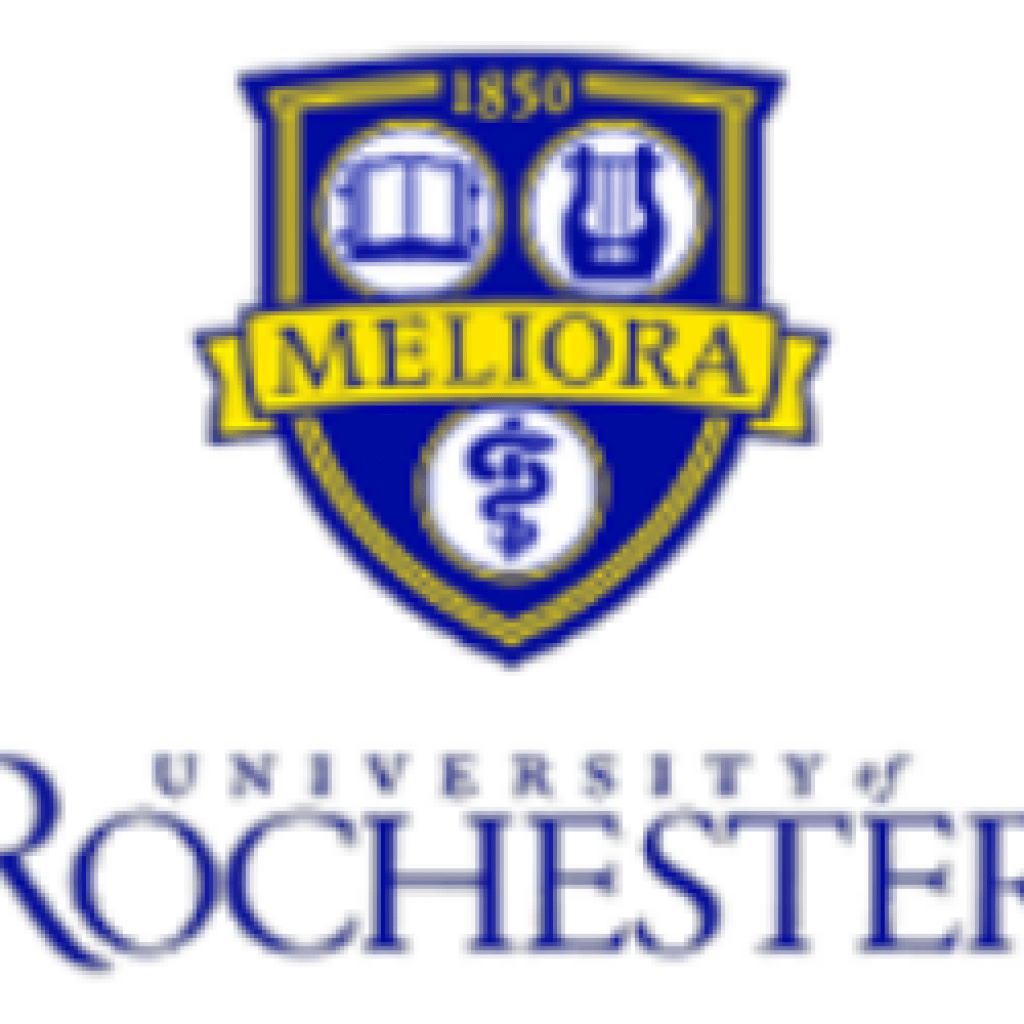(Futurity.org) A new method of relaying information by transferring the state of electrons moves scientists one step closer to creating fully functional quantum computers.
The ability for individual qubits to occupy “superposition states,” where they are simultaneously in multiple states, underlies the great potential of quantum computers. Just like ordinary computers, however, quantum computers need a way to transfer information between qubits, and this presents a major experimental challenge.
All computers have to perform error correction. Quantum error correction requires that individual qubits interact with many other qubits. This can be difficult because an individual electron is like a bar magnet with a north pole and a south pole that can point either up or down. The direction of the pole—whether the north pole is pointing up or down, for instance—is known as the electron’s magnetic moment or quantum state.
To force this phenomenon, Nichol and his colleagues cooled down a semiconductor chip to extremely low temperatures. Using quantum dots—nanoscale semiconductors—they trapped four electrons in a row, then moved the electrons so they came in contact and their states switched.
“There’s an easy way to switch the state between two neighboring electrons, but doing it over long distances—in our case, it’s four electrons—requires a lot of control and technical skill,” John Nichol, an assistant professor of physics at the University of Rochester. “Our research shows this is now a viable approach to send information over long distances.”
Electron Switch Could Get Us Closer to Quantum Computers
